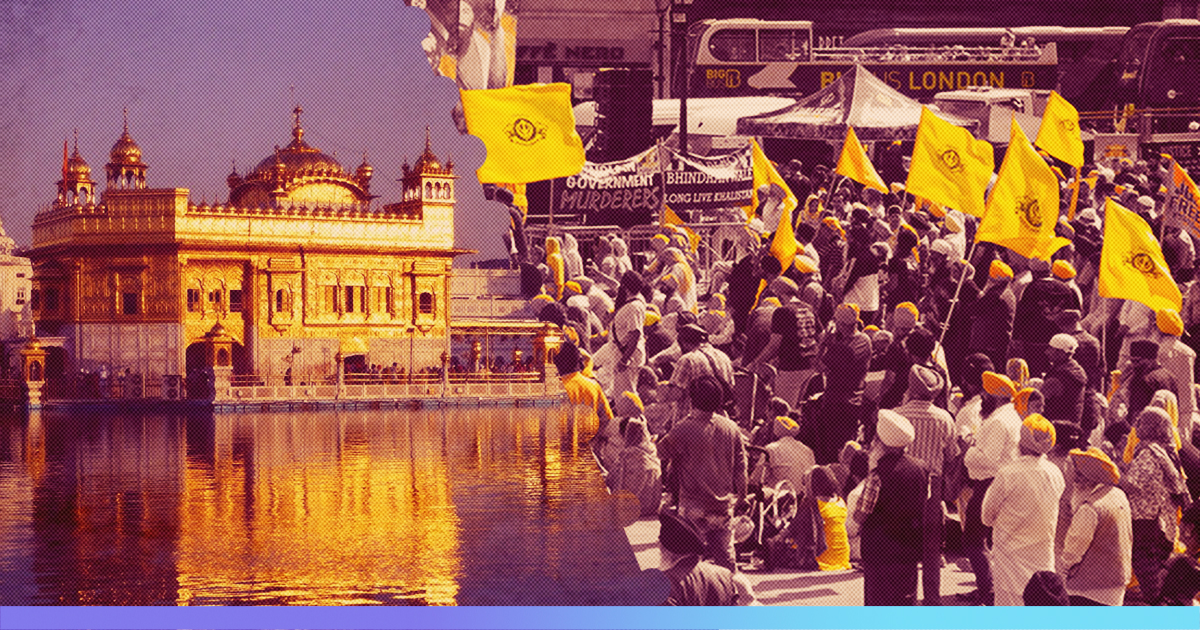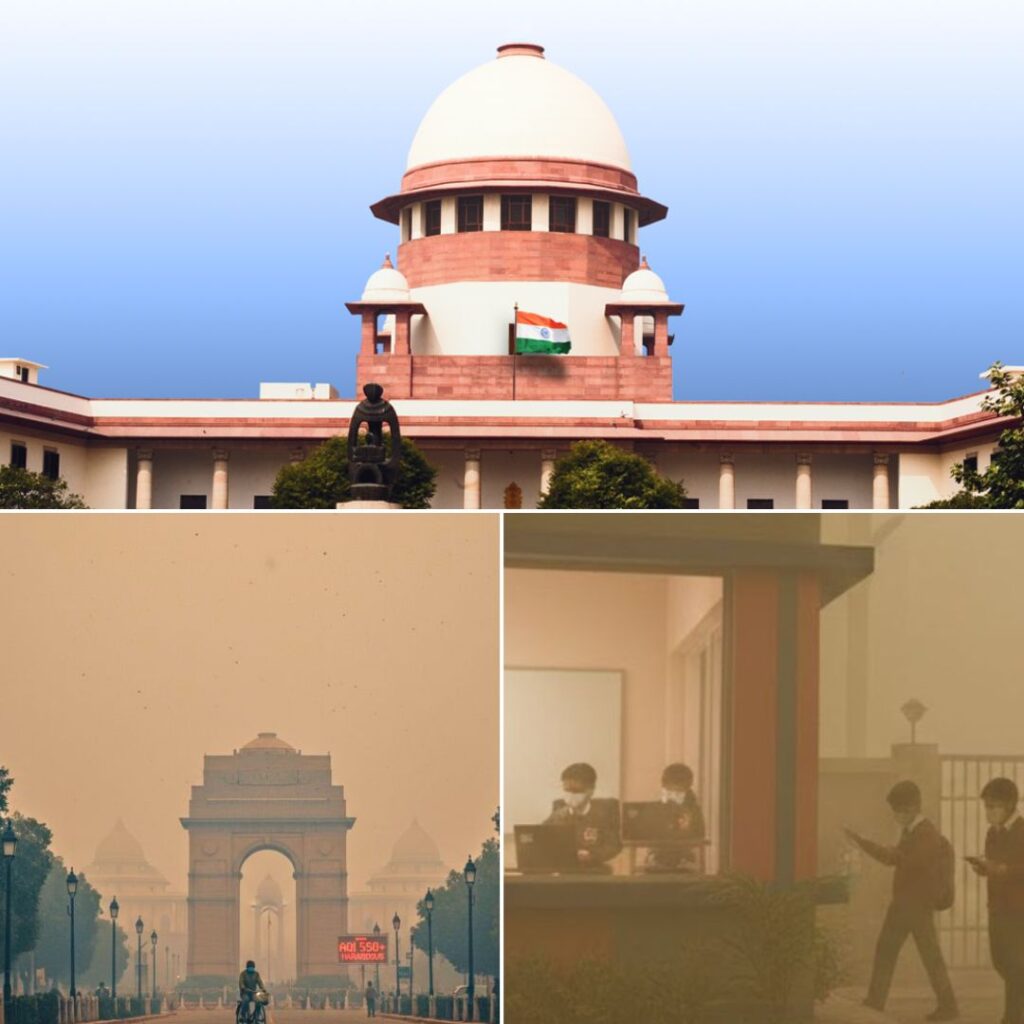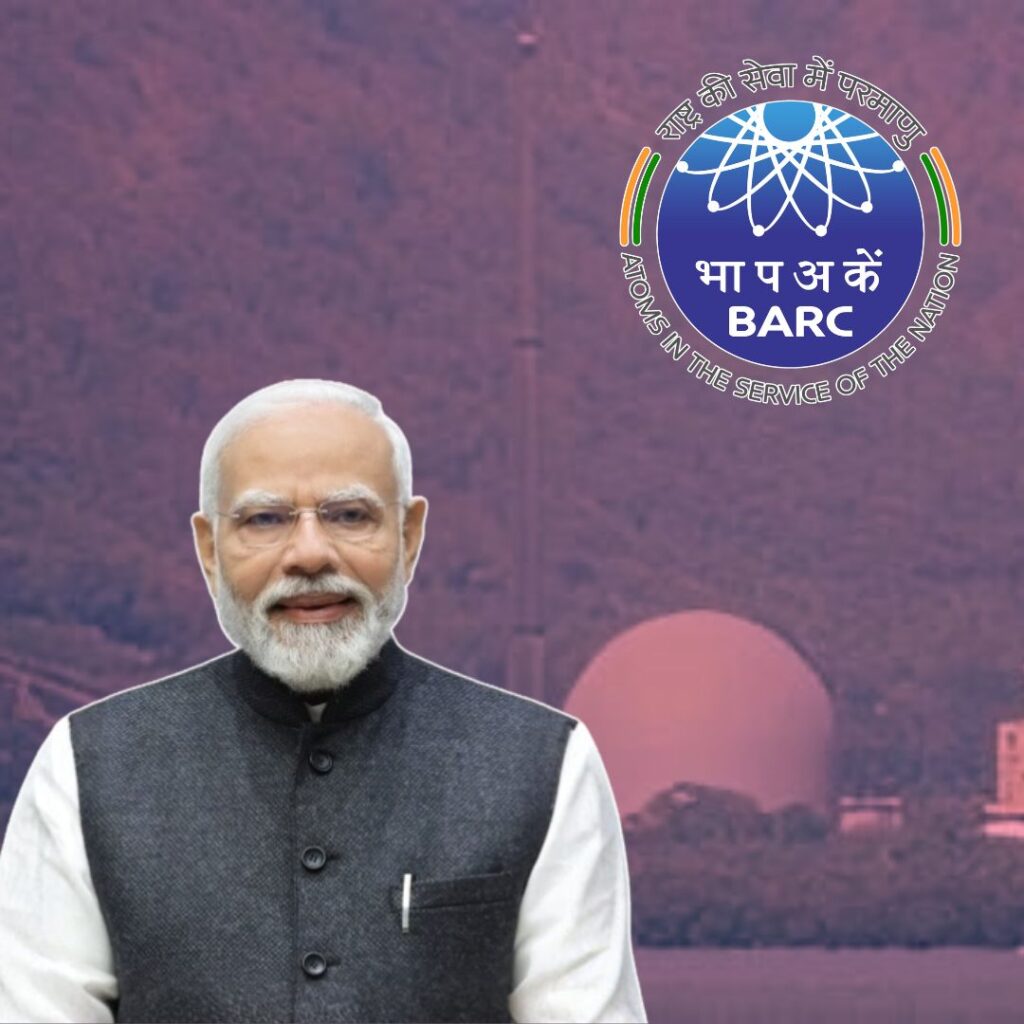June 6th, 2019, marks 35 years from the fateful day when Operation Blue Star was carried out at Gurudwara Harmandir Sahib (Golden Temple) in Amritsar. While some consider it to be a partial success on account of it causing an almost complete defeat for the radical Khalistan outfit, others condemn it for its ill timing and poor execution. Regardless, what remains true is that Operation Blue Star was an event that led to the deaths of countless innocents (hundreds in the operation itself and thousands more in the events triggered by its aftermath), caused immense tensions among the sikh community and the Indian government, and triggered a chain of events that resulted in barbaric violations of human rights at several places over the years. It is an event that needs to be remembered, not for its success or failure, but for those thousands of people who died in the wake of gruesome violence, and the millions more who fought and prevailed over the terror within and without. And as a homage to all of them The Logical Indian brings to you a brief account of the Operation Blue Star, the Khalistan Movement, and the events that transpired in the fateful year of 1984.
Harmandir Sahib
In his book, My Bleeding Punjab, Khushwant Singh writes, “If there is one place of worship in the world which welcomes people of all faiths, and enshrines within it a scripture containing hymns composed by Hindus and Muslims of all castes and worships it as God incarnate, it is the Harmandir Sahib in Amritsar… Just as Sikhism is itself an edifice built of Hindu bricks and Muslim mortar, so also the Sikhs’ holiest shrine bears witness to its Hindu-Muslim genealogy.” And the history of the temple reflects this reality.
It was Guru Amar Das, the third of the Sikhs’ ten gurus, who received the site of the land as a gift from Emperor Akbar. His son-in-law, Guru Ram Das, had a tank dug up in the place. When he took his position as the fourth guru of the Sikhs, he decided to build a town around the tank. He shifted the Sikh community’s headquarters to the said town, and it came to be called after him as Guru Ka Chak, Chak Ram Das, or Ram Das Pura. It was his youngest son, Guru Arjun Singh, who succeeded as the fifth guru of the Sikhs and had Harmandir built in the midst of the tank. Once completed, it was given a new name Amrit (nectar) Sar (tank) or the pool of immortality. Singh writes, “The city itself came to be known as the “House of Praise” Amritsar: siftee da ghar. What Varanasi was to the Hindus and Mecca to the Muslims, Amritsar became to the Sikhs: their most important place of pilgrimage.”

“The Harmandir was blown up by the Afghan conqueror Ahmed Shah Abdali many times and had to be rebuilt again. It was finally built in its present shape in marble and gold leaf by Maharaja Ranjit Singh… The Sikhs are understandably very touchy about the Harmandir. Any attempt to desecrate its sanctity has been countenanced by the slaying of people who perpetrated it… What the Harmandir means to the devotees can be best witnessed near the main entrance of the Temple. Parties of pilgrims approach, merrily chatting and quarrelling amongst themselves. Suddenly, the golden dome of the Temple, rising above the sparkling blue waters of the surrounding pool, hoves into view. They fall silent as if spell-bound. Palms are joined in prayer; some are overcome with emotion and tears flow down their cheeks. They prostrate themselves on the ground and murmur their thanksgiving. ”
The Khalistan
Once the Sikhs had their own temples, their own scripture, their own distinct appearance, and their common casteless name, Singh, it was not long before there were those who wanted to preserve this identity, and were willing to go to certain extreme lengths to do so, and the British took advantage of this to nurture the sentiment of separatism.
Singh writes, “The British nurtured the feeling of separatism by recognising the Sikhs as a people apart, providing them with separate representation in the legislatures and specific privileges in the services. All these were taken by the rulers of independent India in the name of democracy. At the same time, the younger generation of Sikhs began to question the traditions of the Khalsa and a growing number began to cut off their long hair and shave their beards. It was feared that in a few decades to come, the Sikhs would lapse back into the Hindu fold and become Hindus believing in Sikhism.”

Thus began the movement for the Punjabi Suba. Its aim was that if there would be a state in which Sikhs were in a majority, they could formulate a curriculum through which the Khalsa tradition could be kept alive in the younger generation and at the same time be in the spirit of the secular ideas of independent India. At about the same time there came a surge of revivalist movements in the form of religious fundamentalism in the Islamic and Hindu worlds and this triggered a revivalist aggressiveness in the Sikhs.
In its most aggressive form, this revivalism manifested in the proclamation of the independent Sovereign Republic of Khalistan by Dr. Jagjit Singh Chauhan in 1969. This is believed to be the origin of Khalistan, which took its shape as it won more supporters in India and abroad.
Jarnail Singh Bhindranwale
Jarnail Singh was the son of a poor farmer from the village of Rodey in the Moga district, Punjab. He had only studied upto primary school when in 1965 he was inducted into the taksal (religious centre) of Sant Gurbachan Singh Khalsa in the village of Bhindran called the Dam-Dami taksal. He was sharp of mind and studied the Sikh scriptures extensively, quickly rising up the ranks of the taksal. After the death of Gurbachan Singh he was elected the head of the taksal. Along with it came the title of Sant (Saint) and the suffix Bhindranwale.
In a short duration, he became a powerful voice in the Khalsa movement, touring villages and compelling the Sikh youths to not give up on their history and traditions, to walk on the footsteps of Guru Gobind Singh and not clip their hair. He exhorted them to maintain the traditional Khalsa outfit and always carry a kirpan (short knife with a bent tip), but also along with it modern firearms like pistols.
His influence became so far-reaching in fact that the Congress government under Giani Zail Singh took notice and started touting him for his influence.

Meanwhile, the situation between the Akali government and the Congress government deteriorated rapidly when the Akali government under Prakash Singh Badal became the ruling party in Punjab (1977-1980). They had been demanding the passing of the Anandpur Resolution since past eight years by then, and with the rise of Jarnail Singh they united on the common cause of having an autonomous Sikh dominated state.
When Indira Gandhi rejected the demands of the Akali leaders in 1981, a series of violent bombings and killings ensued.
In 1982, the Akalis declared a Dharm Yuddh (Holy War) against the ruling government of Congress, under the aegis of which several Nirankaris and Hindus were killed.
At the helm of this movement was Sant Jarnail Singh Bhindranwale. Khushwant Singh writes, “Bhindranwale not only preached hatred, he also preached violence. The one theme that ran through all his speeches was the need for Sikhs to be shastradhari – armed – not only with a kirpan… but also have firearms, with or without licenses… He named the police officers who were involved in killings, described them as drinkers of Sikh blood and exhorted his audience to punish them by finishing off their families… Bhindranwale promised his audience the establishment of Khalsa Raj.”
His influence grew and the situation in Punjab continued to deteriorate through 1982-83 and the government did nothing to stop it but rather added to the flames.
According to Singh, “For two years, the common people of India pleaded with the Akalis and the government to come to a settlement and save the country from disintegration. Neither the Akalis nor the government heeded these voices and at all times, appeared more eager to put the other in the wrong rather than attempting to find a just solution… if the Akalis had sowed the seeds of separatism between Sikhs and Hindus, the government watered them till they erupted like venomous weeds which finally threatened to choke…India.”
Operation Blue Star
“What actually took place in the 6th of June, 1984 at Amritsar was in fact a forcible entry made with the help of guns and tanks, resulting in a bloodbath, the like of which has not been witnessed in the Golden Temple since it was built 380 years ago.” recounts Singh.
When he faced opposition from the Akalis, Nirankaris, and the government, as a final resort Bhindranwala, his aides, and his closest followers took shelter in the main complex of the Harmandir The Akal Takht. When the acts of violence being perpetrated did not stop but only grew, the government decided to intervene and ‘flush out’ the terrorists holed up in the Harmandir.
Beginning on 1st June with the firing on Guru Ram Das Langar building, the operation, which focussed solely on either killing or capturing the ‘terrorists’ lasted till 10th June. On 6th, the army used Vijayanta tanks to shell the Akal Takht and decimated its structure. Yes, the operation did result in the death of the ‘terrorists’ but along with them, more than 300 innocents had also died (according to official figures, the supposed actual figures as reported by an on-ground journalist were over 1000).
Many believe that Blue Star coming at the end of an extended period of silence and with kind of force that it did, was the worst possible move by the government, and nothing but a botched hasty plan. “Certainly, what had been happening all over Punjab over the preceding years was unforgivable; but it was not only condoned, there is evidence to suggest that, at least on occasion, it was even encouraged, by those who held the power of the State captive to their own petty ambitions. Even after all this, after all the distress the terrorists had inflicted, after all the damage the politicians [on both sides] had done and the almost complete demoralisation of the police, the scale and nature of the operation launched to contain terrorism and to ‘clean out’ the Golden Temple was by no means justified by the objective circumstances then prevailing.”
This eventually resulted in an attempt on the life of the then president Gyani Zail Singh, the Operation Black Thunder (which claimed more than 800 lives), the assassination of Indira Gandhi and as a consequence of that the anti-Sikh riots of 1984 which were a kind of “wild justice” which saw countless barbaric killings and whose victims are still devoid of any semblance of justice.
Irrespective of what happened in the operation, it was the reason that triggered the chain of aftermaths that claimed many innocent lives. It was only the resilience of these ‘civilians’ that the state of Punjab and the country at large was able to regroup and recover from the crisis, and theirs is the only victory.
As a paper quotes, “The Army, the central security forces, each played their role. But the war against terror in theatres all over India is, today, witness to the fact that this pestilence cannot be eradicated by a force imposed from without. The victory over terrorism in Punjab was a people’s victory; the people were common policemen, courageous villagers, men and women inspired by an assortment of ideologies and motives.”
Also Read: Revisiting The Gruesome History Of Anti-Sikh Riots Of 1984 And What Happened After It











